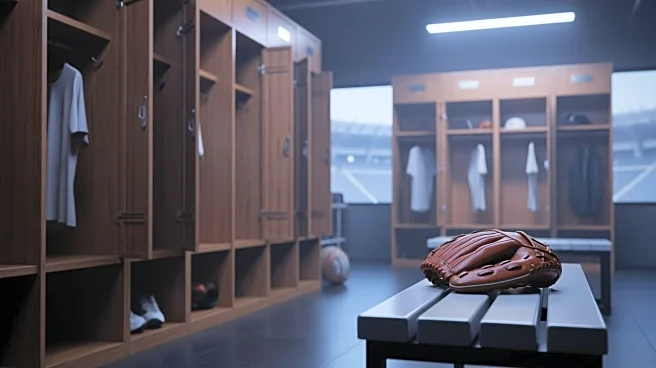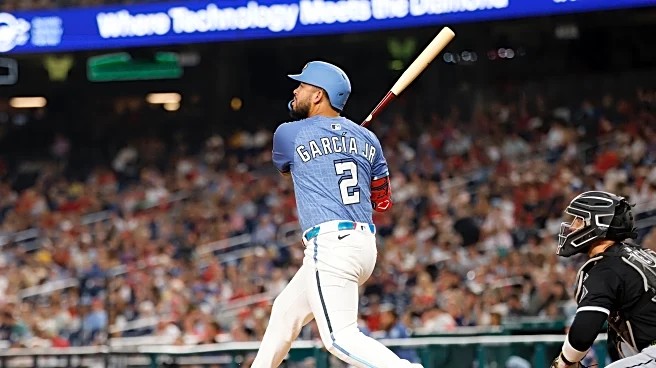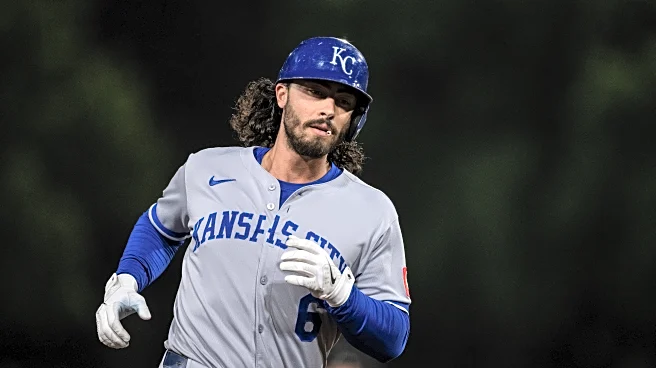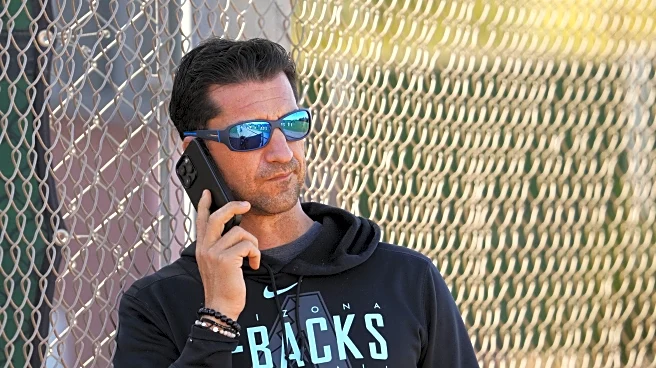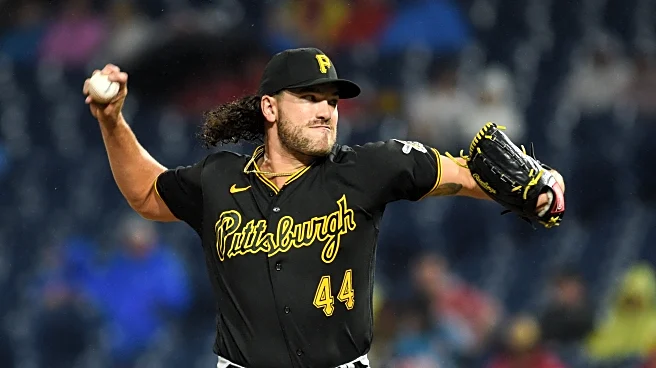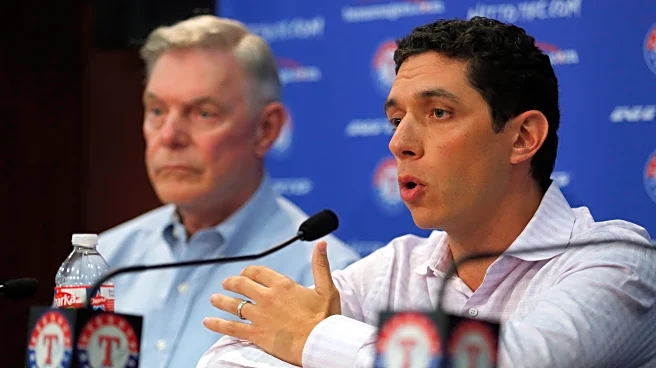What's Happening?
Major League Baseball teams are approaching a critical deadline to decide whether to tender contracts to players under club control for the 2026 season. If a team opts not to tender a contract, the player becomes a free agent, allowing them to sign with any team. This decision-making process is crucial for teams as they assess player performance and potential contributions. Notable players who were non-tendered in 2024 include Kyle Finnegan, Austin Hays, Griffin Canning, Jordan Romano, Gavin Sheets, and Mike Tauchman. These players subsequently joined other teams, except Finnegan, who re-signed with the Nationals. The list of intriguing non-tender candidates for 2025-2026 includes Jake Bauers, Luis Campusano, Adolis García, Luis García Jr.,
Jonah Heim, Jonathan India, Nolan Jones, Trevor Larnach, MJ Melendez, Ryan Mountcastle, Evan Phillips, and Jesús Sánchez. Each player presents unique considerations for their respective teams, ranging from past performance to injury history.
Why It's Important?
The non-tender deadline is a pivotal moment for MLB teams as they strategize for the upcoming season. Decisions made during this period can significantly impact team rosters and player careers. For players, being non-tendered opens up opportunities to explore free agency and potentially find a better fit with another team. For teams, it allows them to manage payroll and roster spots effectively, ensuring they have the right mix of talent and financial flexibility. The outcome of these decisions can influence team dynamics, competitive balance, and player market value. Teams must weigh the benefits of retaining players against the potential gains from exploring new talent in the free-agent pool.
What's Next?
Following the non-tender deadline, players who are not offered contracts will enter the free-agent market, seeking new opportunities with other teams. This period will be marked by negotiations and potential signings as teams look to bolster their rosters for the 2026 season. Teams may also consider trades or other roster moves to address gaps left by non-tendered players. The decisions made during this time will set the stage for spring training and the regular season, impacting team strategies and player careers. Fans and analysts will closely monitor these developments, anticipating how they will shape the competitive landscape of MLB.


